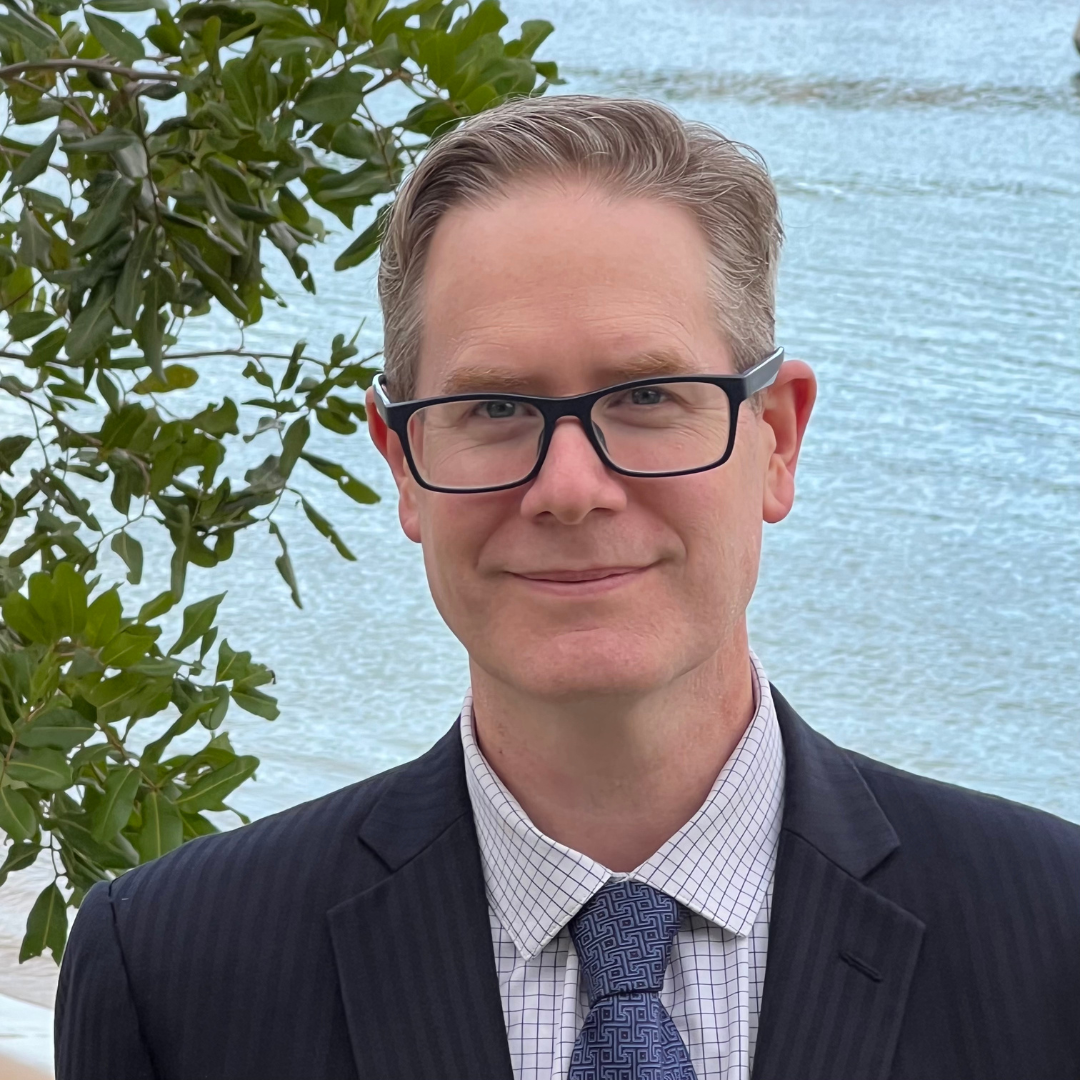As speech pathologists helping children with communication problems, it can be tempting to speak of our “speech therapy kids” and “language therapy kids” as if they were mutually exclusive categories of children. They’re not:
- Around 15% of 3 year olds have a speech sound disorder (Shriberg et al., 2005).
- 50-75% of these children also have a language impairment (Shriberg & Kwiatkowski, 1994).
Speech and language are not the same thing. But, just as sentences are made up of words put together in a correct order and form, words are made up of sounds and syllables. Speech sound comprehension and production problems can compromise language development.
Why it matters
Compared to children with speech sound problems only, children with both speech sound and language disorders have more problems with:
- telling sounds apart (Nathan et al., 2004);
- phonological awareness (Nathan et al, 2004);
- phonological memory (Lewis et al., 2011);
- vocabulary (Lewis et al., 2011);
- narrative skills (Wellman et al, 2011); and
- later reading, spelling and written language skills (Bird, Bishop & Freeman, 1995).
Red flags to identify children with both speech sound and language problems
A recent study compared children with speech sound problems only with children with both speech and language problems. The researchers found no significant differences in the number of speech sound errors made by children in either group. But there were significant differences in the types of speech errors made. Compared to children with speech sound problems only, children with speech and language disorders made significantly:
- more errors of omission: errors like leaving out consonants and syllables (e.g. initial consonant deletion, final consonant deletion, cluster reduction, and weak syllable deletion); and
- fewer errors of distortion: errors like interdental lisps or gliding /r/.
The study had lots of limitations. For example, the children in each group were originally recruited for different studies and were assessed using different assessment tools. There were no measures of phonological awareness, which we know is related to atypical speech sound error patterns (Preston & Edwards, 2010) and may explain some of the results.
But, despite these and other limitations, the study is clinically useful in a few ways. It suggests:
- frequent omissions of sounds and syllables might be a useful red flag for possible language disorders;
- children with speech sound disorders that include frequent omissions of sounds and syllables should be assessed comprehensively for language impairments as well; and
- children with both speech and language disorders should receive treatment that prioritises their sound and syllable omissions, as these patterns are likely to affect both their speech and language development.
How to treat children with speech and language problems
For children with both speech and language disorders, there is some evidence to suggest that alternating speech and language goals on a weekly basis leads to:
- better language gains; and
- similar speech sound gains,
compared to approaches that target speech and language in separate blocks or within the same session (Tyler et al, 2003).
A more recent study suggests that, when treating speech sounds, we should prioritise children’s speech omission patterns over other patterns of error. Interestingly, this is broadly consistent with the Cycles approach to phonological intervention, which first targets syllable and consonant omission patterns before targeting other phonological patterns or processes (Prezas & Hodson, 2010).
Bottom line
We need more research to help us: (i) identify speech sound “red flags” for possible language disorders; and (ii) prioritise therapy goals for children with both speech and language disorders. For example, we would benefit from further research exploring the possible link between unusual speech development patterns and language disorders – particularly for those children with severe speech sound disorders. In the meantime, this study gives us some preliminary – but useful – guidance to make evidence-based decisions about the appropriate assessment and treatment of children with both speech and language disorders.
Source: Macrae, T. & Tyler, A.A. (2014). Speech abilities in preschool children with speech sound disorder with and without co-occurring language impairment. Language, Speech, and Hearing Services in Schools, 45, 302-313.
Related articles:
- Lifting the lid on speech therapy: how we assess and treat children with unclear speech – and why
- Language therapy works. But can we make it better?
- Does my child have a language disorder? 6 questions speech pathologists should ask before assessment
Image: http://tinyurl.com/ntkakzu

Hi there, I’m David Kinnane.
Principal Speech Pathologist, Banter Speech & Language
Our talented team of certified practising speech pathologists provide unhurried, personalised and evidence-based speech pathology care to children and adults in the Inner West of Sydney and beyond, both in our clinic and via telehealth.


Leave a Reply